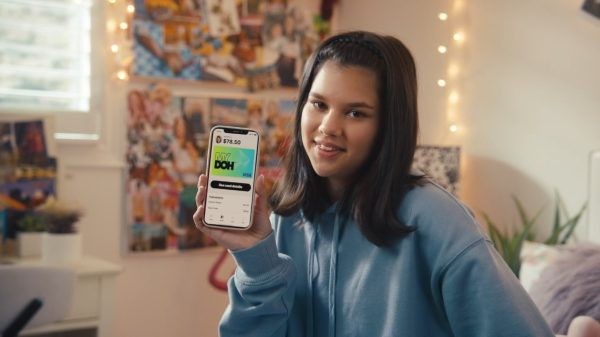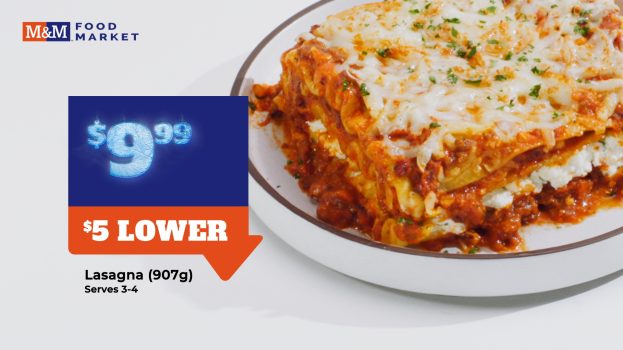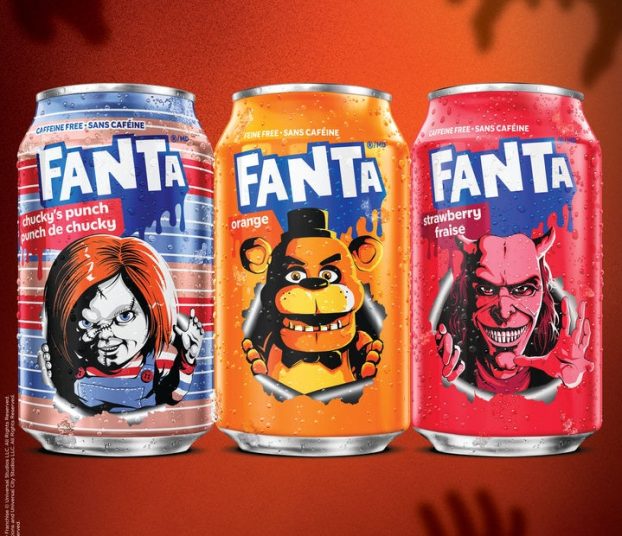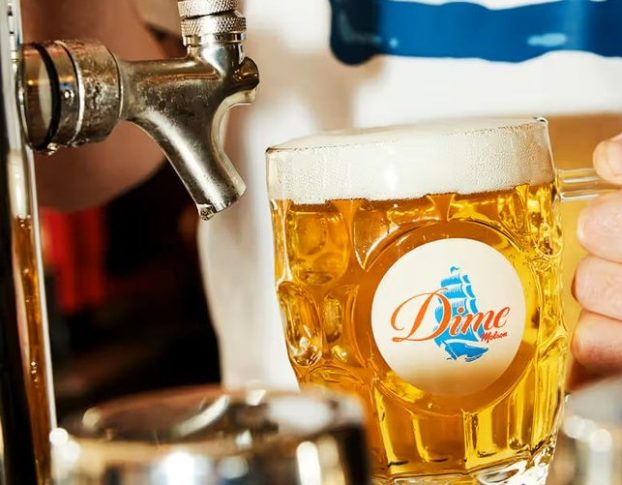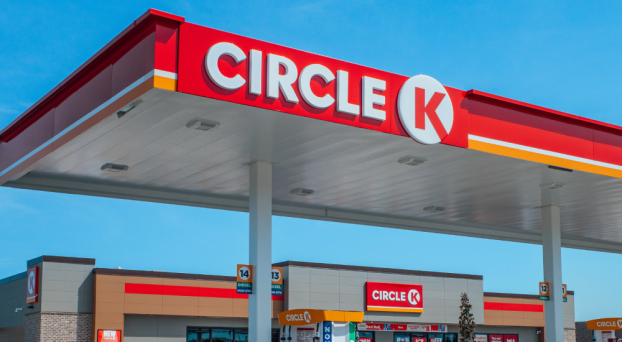
Lucky Charms and St. Patrick’s Day have always seemed like an obvious fit and now General Mills is using the occasion to continue its efforts to build brand love among millennials.
The filter transforms users into Lucky the Leprechaun, placing his hat on their head and having the recognizable marshmallow shapes float in the air around them. When they open their mouth, the pieces get sucked into their mouth and they sprout the mascot’s orange hair and eyebrows.
[iframe_vimeo video = “208840075”]
To amplify the execution, Lucky Charms is also targeting Canadian influencers by sending them boxes of the cereal, and has also been running ads on Snapchat throughout the week. General Mills worked directly with Snapchat on the campaign, as well as with Cossette Media and PR agency Veritas.
Today’s execution is part of a larger effort from the General Mills brand to reach millennials. That effort began in 2014 with things like the “Lucky To Be” initiative during World Pride in Toronto, and has also included TV spots that feature more adults. In the fall, it partnered with Vice on a branded content initiative that saw chef and Vice personality Matty Matheson create a “mega cake” using the cereal. The video has generated 2.7 million views and 10.8 million impressions, while the overall millennial push has resulted in a 10% increase in penetration in millennial households every year over the last three years.
Andrew Rapsey, marketing director for cereal at General Mills Canada, says a major change in the approach has come from a greater understanding of the demographic’s media consumption habits and the kind of messages they connect with.
“We’ve moved away from a pure TV model,” he says. “The biggest thing we’ve learned is you need to build credibility with this segment, and you do that by reaching them in places they already are, talking to them through influencers they already know and trust or talking to them in a voice that’s familiar to them. They also don’t want to be talked to, they want to be able to personalize messages and respond.”
A big factor in the existing millennial affinity for Lucky Charms was a simple nostalgia factor, but Rapsey says building on that has been understanding that the nostalgia comes from the fact that it allows consumers to experience a connection to a simpler time in their lives. Besides its huge millennial user base, Snapchat fits into that insight by offering an ability to escape in a fun, customizeable, shareable way.
“We’ve found that our ideal target consumers are the same person, just in different life stages,” he says. “Our kid target has the same values as a 29-year-old. The adult is just paying bills and doing laundry and balancing a new career. What Lucky Charms does is offer an opportunity of five minutes to escape from adulting and become that nine-year-old self. That ability to escape is a very powerful territory for us.”


